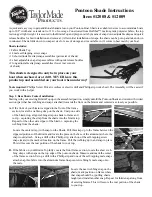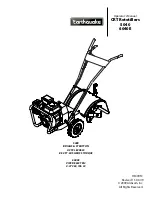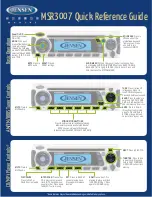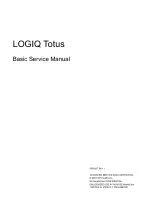
P/N 95P-6001-00 (October 2020)
Wayfinder DVL Guide
Page 16
EAR-Controlled Technology Subject to Restrictions Contained on the Cover Page.
For example, separating devices or shielding may be help. Note that the Wayfinder face
(where the urethane is on the Wayfinder) will always be submerged in water during real opera-
tion. You can simulate this in water performance by placing the Wayfinder at the bottom of a
small bucket, with just enough water to wet the urethane faces. Often what appears to be inter-
ference when the Wayfinder is in air may be completely gone when the Wayfinder is submerged in
water. The inverse may be true as well. If there are other sonars or mechanical devices such as hy-
draulic power units that create acoustic signals, these may interfere with the Wayfinder system
and the interference may only be detected when both the Wayfinder and the other device are
submerged in a larger bucket or tank of water or somehow acoustically coupled through a hull or
structural framework.
Examples of Clean FFT Plots, No Interference
The following is a screen shot of a typical “clean” FFT.
Examples of Interference
The following image shows an interference term on all channels at 619.95 kHz just to the right of center
frequency.
Although not ideal, the previous interfering terms is small, and the Wayfinder will still bottom track accu-
rately if the bottom echo return amplitude is stronger than this very weak interfering term.
The following types of interference will have significant effects on the accuracy of bottom track.















































